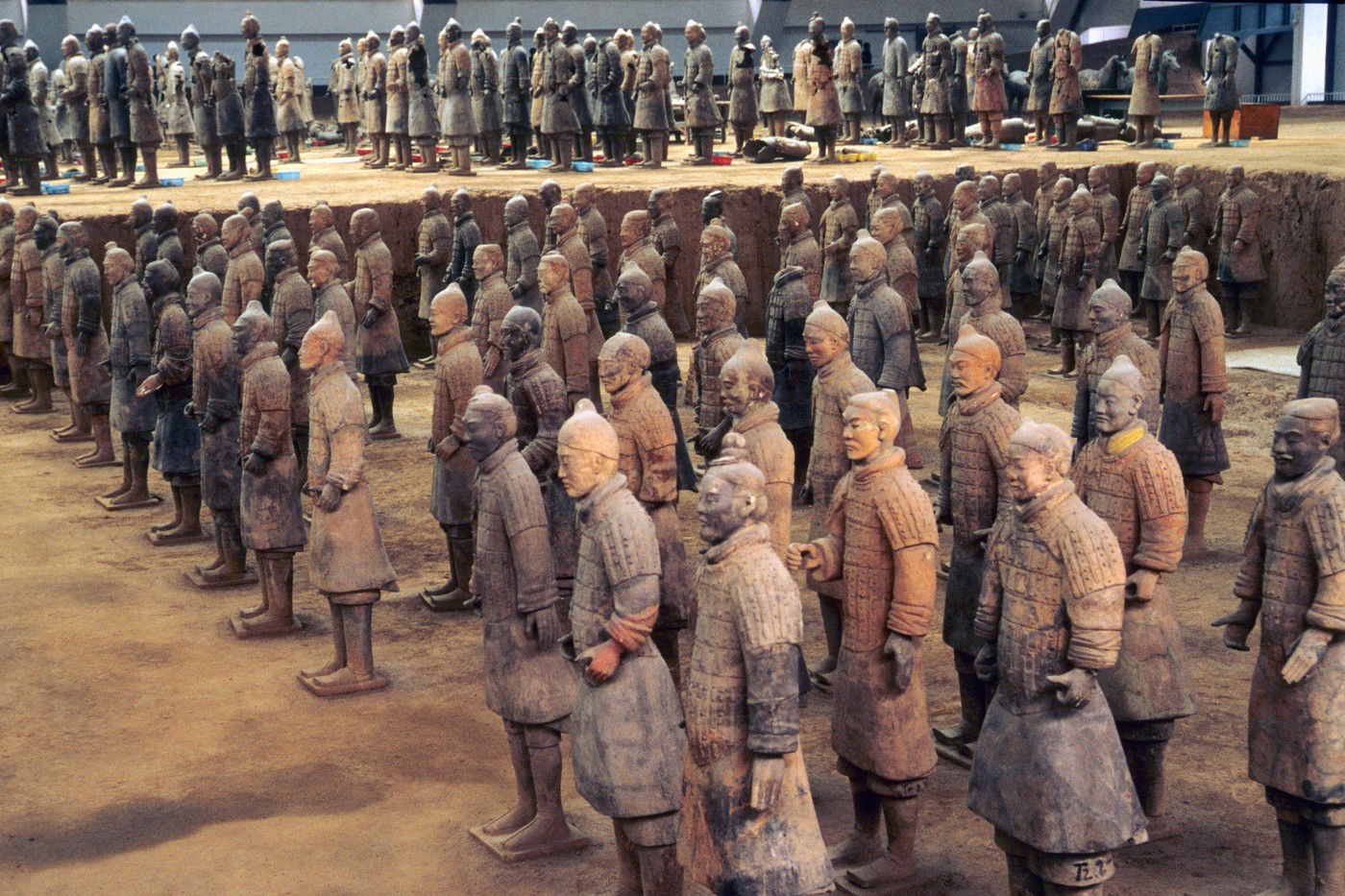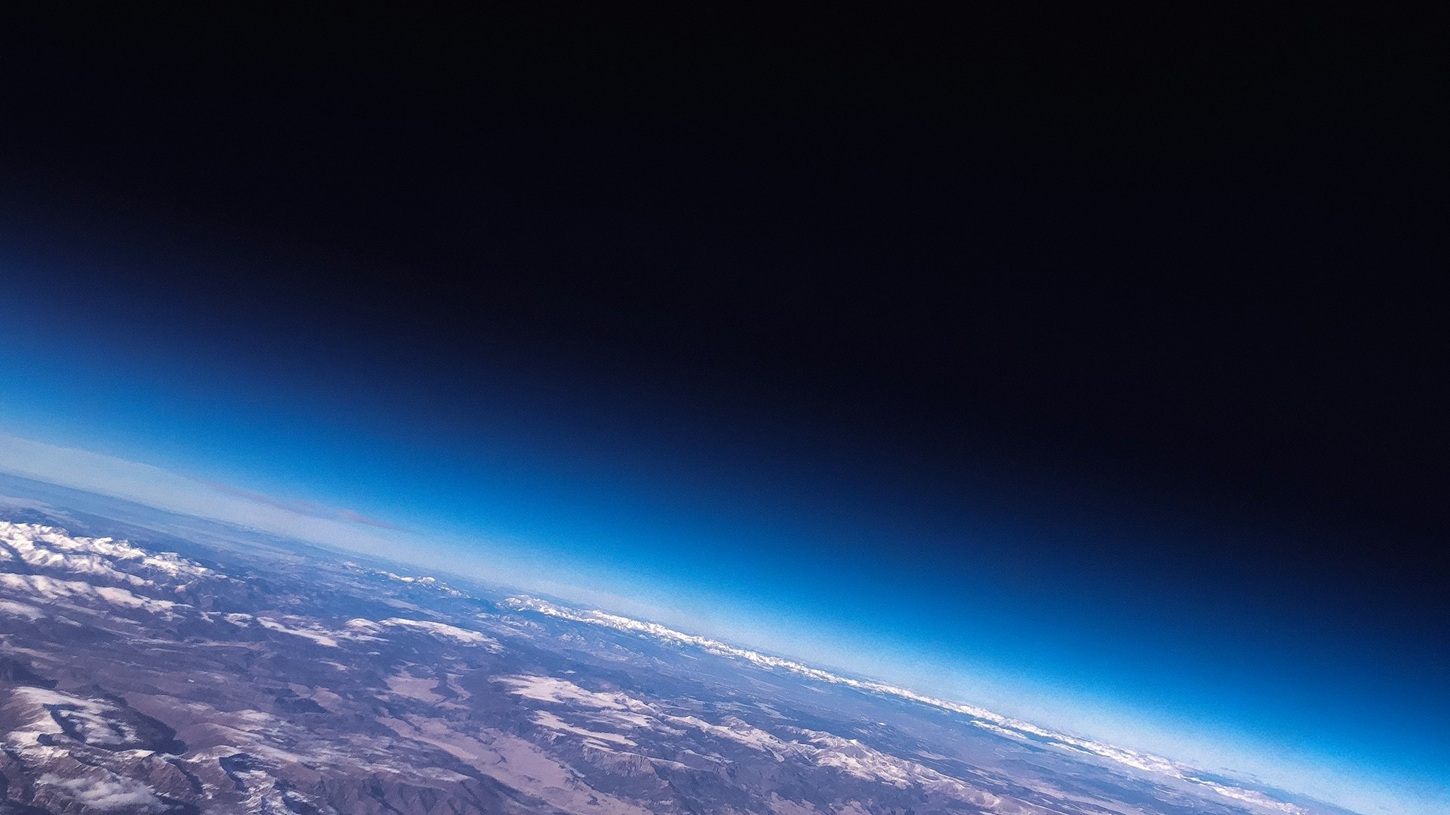Recently, a research group examined the internal structure of the Earth with the help of seismic sensors placed in Antarctica. The resulting picture of seismic waves greatly shocked the researchers, because it turned out that at the boundary between the hot core and the mantle, there is a thin layer containing regions of extremely low velocity surrounding the core, which can significantly slow down the propagation of earthquake waves. Based on the analysis of the measurement results, the group of scientists came to a surprising conclusion regarding the origin of this mysterious layer.
They looked into the depths with the help of seismic waves and were shocked by what they saw
The special layer in question is located at the core-mantle boundary (CMB) in the Earth’s interior, the region where the molten outer core meets the mantle, which is mostly composed of silicates, about 2,900 kilometers below the surface. Although this layer is relatively thin, it still contains incredibly dense areas that scientists have called ultra-low-velocity zones (ULVZ).
Because it can slow down seismic waves.
How these extremely low-velocity regions are created has been a topic of scientific debate for decades, especially since it has been difficult to obtain high-resolution images of this region using seismic waves. One, Advancement of science In a scientific journal A recently published study However, you seem to have found the answer to many puzzling questions.

“Seismic studies like ours provide a high-resolution picture of our planet’s internal structure, and we’ve found that this structure is much more complex than we thought.– said Samantha Hansen, a specialist scientist at the University of Alabama and the lead author of the study.
It’s as if there are Himalayas buried there
The research team built an entire network of special seismic sensors in Antarctica, which used seismic waves generated by earthquakes to map the internal structure of the Earth’s southern hemisphere. “When analyzing thousands of seismic images taken in Antarctica, our high-resolution imaging method identified thin, abnormal physical areas [UVLZ-ket] “We found core-mantle boundaries (CMB) everywhere we looked,” said Edward Garnero, a researcher at Arizona State University and one of the study’s co-authors.

“The thickness of the investigated layer ranges from a few kilometers to 10 kilometers on average. This suggests that we see mountains buried at the edge of the core, which in some places are five times the height of Mount Everest.Edward Garnero added.

Researchers believe that it is due to the deceleration characteristics of seismic waves in the detected areas of very low velocity and varying elevation differences
The layer is very likely composed of ancient oceanic crust,
Which was buried deep in the past over millions of years due to the subduction of tectonic plates. (Subduction is the geological process in which thin, dense oceanic crust is pushed beneath continental crust at the collision boundaries of large lithospheric plates. Mr. Dr.)
Ancient ocean crust may have wrapped around the Earth’s core
Based on the measurement results so far, researchers assume that this ancient oceanic crust regularly surrounds the Earth’s core as a result of a very long tectonic process that occurred in the past.

However, the research group added to all this that more detailed measurements are needed to conclusively prove whether this is indeed the case. Regardless, the current results already give a better idea of how heat and hot molten materials flow from the Earth’s core to thinner regions through the mantle and above the Earth’s surface in the form of volcanic eruptions. “Our research reveals an important relationship between the Earth’s shallow and deep structure and the general processes that drive our planetSamantha Hansen, lead author of the publication, weighed in on the significance of the findings so far.

The Earth’s core is the innermost crust of the Earth’s internal structure, which is covered by a layer 2,900 kilometers deep Gutenberg-Weichert surface Separate it from the scarf. Upon reaching this surface, the speed of seismic waves decreases significantly. At a depth of five thousand kilometers, an additional interface can be discovered in the ground.

From tests conducted with the help of seismic waves it was proven that this is the so-called On the roof of Lyman As the speed of seismic waves changes, it follows that the outer core above e is liquid, while the inner core below the Lyman boundary is solid. According to the current view of science, the Earth’s core consists of highly conductive metallic materials.












































